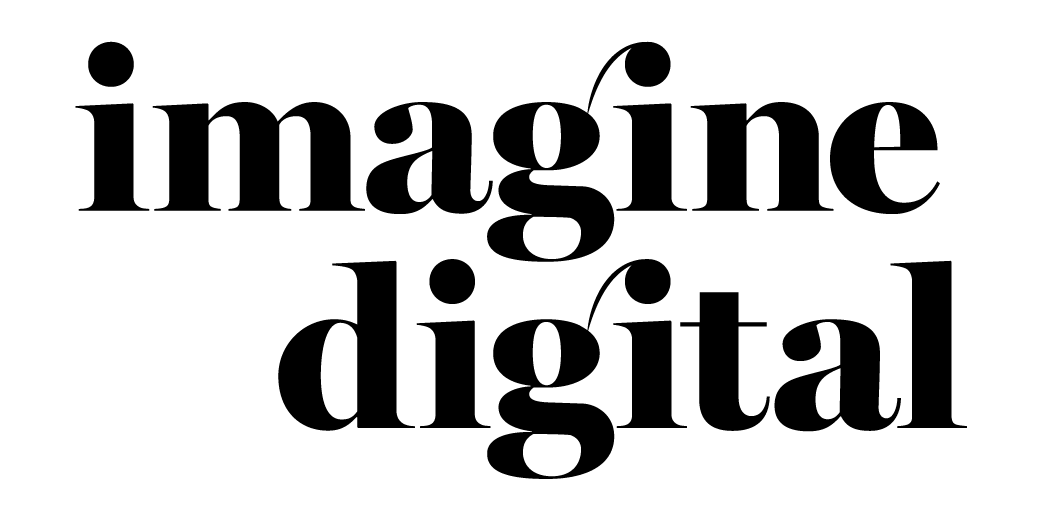
Last week I wanted to buy a table.
I drifted about on Facebook Marketplace and skimmed through business pages for a while.
Seeing a particular design I liked, I scrolled down to find that the business required me to message them for the price.
I most certainly did not.
Annoyed, I switched to YouTube for further research and design inspiration. Three hours later, I was an expert on how to train an alpaca (of course).
Now, what does my riveting story have to do with e-commerce challenges in the Caribbean? There’s a point, I assure you.
If we put on our marketing spectacles, we can find two perspectives here to pick apart: consumers and business owners.
Understanding both sides of the Caribbean e-commerce challenge is the first step towards improving things.
Let’s look at business owners first, shall we?
Problems Caribbean business owners face with e-commerce:
- Lack of external and historical data
- Customer scepticism and cultural behaviour
- Prohibitive development costs
Picture this:
You want to do the proper research to understand how to improve what you offer. However, most data online is either outdated or non-existent for your market (the Caribbean region). Google Trends and Statista don’t have the level of detail that you’re looking for, so you stop wasting your time and move on to more pressing matters.
In another instance, you go through all the effort of setting up your e-commerce store and migrating your products online. Unfortunately, you soon find that people are sceptical and would rather purchase the old way by jumping into their vehicles and driving ten, maybe 30 minutes to a brick mortar store. Seeing no significant jump in sales, you decide the effort isn’t worth it and abandon the project (without deleting or even updating your online store).
In the last scenario, you heard all the good things about e-commerce, and you’re excited to dive in. There are DIY options like Shopify, but online payment systems in the Caribbean are still a challenge. PayPal doesn’t work, Stripe doesn’t work, and you’re not sure what to do. You hire a web developer to build a site for you because you know WiPay works, but you’re unsure how to set up WordPress to use their free plugin. The developer sends you a quote, and you choke on your tea because you have no idea how your small business is ever going to afford that price tag.
Okay, so we get the e-commerce challenges for Caribbean businesses.
Let’s look at things from the consumer’s point of view.
Most marketing courses teach you that all marketing happens in funnels. Usually, those funnels go in four steps:
- Awareness
- Intent
- Desire
- Action
Some may word it differently, but the idea is that all consumers go through four stages when they’re buying a product.
That thinking was developed decades ago.
Do you remember my story about hunting for a table that became research on caring for alpacas? What happens in 2022 looks more like that. The steps in a modern consumer funnel look something like this:
- We consume content via YouTube, Netflix, social media, blogs, etc.
- Our interest in a topic is piqued, and we search for more content, usually without being very specific. Google’s algorithm picks up on that and starts showing us more related content. The more we engage, the more they increase the content until they’ve really pinpointed what we’re interested in.
- With the recommendations we’re getting and our own clearer understanding of our interests, we go to Amazon to check product prices. From there, we cross-check different sites.
- We understand the topic and the industry a bit more, so we go back to YouTube to watch more product reviews. We check out how to use it, what to look for, pros and cons, etc. The higher the price, the more reviews we’ll watch.
- Once we’re confident, then we buy. We impatiently wait for our item to be shipped. Naturally, we’re also looking at complementary products that we won’t buy until we get what we ordered (perfect upsell opportunities here).
- We advocate. If we like the product, we make our own content – photos or videos we post, reviews we write, or any type of feedback. Basically, we want to share with our friends.
- Lastly, once we like our experience, we buy another thing from the same business.
With that in mind, some of the problems Caribbean consumers face are:
- Insufficient feedback
- Information inconsistencies
- Excessive steps
What do we do when we’re not sure if a website has properly processed our information? If we haven’t paid, we give up. If we’ve already paid, we get frustrated.
What do we do when the website says one thing but the salesperson says another? We listen to the salesperson, and we never use the website again.
What happens if there are too many steps involved in purchasing something? We get frustrated and give up.
Now that we understand both perspectives a bit better, let’s consider the following solutions to our e-commerce dilemma.
- User experience (UX) design
- Data strategy
- Innovation for human behaviour (forget the textbook)
UX Design
What to do:
Using a large sheet of paper, draw a flow diagram that covers the entire experience of your brand. This starts with a traffic source like a video or a Google Display ad that gets someone interested in your product (remember the 2022 consumer process). From there, keep asking ‘what happens next?’ and write it down on your diagram. Do this until you reach the point where the purchase happens, but don’t stop there. Think about what happens after purchase: follow-up, maintenance, guarantees, refunds. You’re creating a bird’s eye view of your entire user experience design. You’ll also start to see opportunities and realise pain points along the way. Keep iterating until you see a smooth, efficient process that satisfies your business goals and your customer’s expectations.
Data Strategy
What to do:
Listen to your customer. Every business has a unique set of processes. Data is useless without context. Start by having conversations. Pick up the phone and ask people what they thought of the experience and what they think could be done better. Send an email to recent customers. Once you have really specific questions, you can create surveys and polls.
Your data strategy is ever-evolving, but keep in mind that you need a fair amount of data. Three to six months of observation is a good time for more detailed feedback. Using a customer relationship management tool allows you to record this information, which will reveal patterns. Once you notice patterns, you see trends, and there you have actionable insights to make improvements to your brand experience.
Innovation for human behaviour
What to do:
Keep it real. Armed with your UX design and data strategy, look for the changes that make the biggest difference. Sometimes we get caught up being busy – fixing small problems that don’t actually make a difference. You have to solve your problems, not the problems that the textbook describes.
For example, if parking is an issue outside your store, develop more robust delivery options and a curb-side pick-up service. Don’t spend a week trying to figure out how to fit more cars in the same space.
Lastly, for this to work, avoid falling into the assumption pit. We assume that what we like is what our customer likes and that our customers share our frustrations.
Shift your focus to customer lifetime value. Nurture that relationship through touchpoints like social media. This is how you create a clear path for growth.
Outlook:
The world has changed, and where e-commerce is concerned, it has changed for the better. COVID accelerated the adoption of technology in traditional settings that would have never considered it before, and there’s no going back. The sooner business owners embrace this change, the sooner they can make better decisions for the reality of the future.
What to do next:
Imagine Digital’s experienced team of consultants is ready to guide you through the development of your UX design, data strategy and innovative ideas. Our insight into consumer behaviour is backed by the largest database of consumer trends in the Caribbean: Yello Media Group.
We’ll help build your e-commerce presence and transform your business in just one month.
You may even learn how to train an alpaca.




